I’m working on a non-fiction book based on my blog’s writing posts and more. The book’s purpose is to help writers transform their manuscripts into editor-friendly books in 32 steps.
Here’s what I learned about introducing novel ideas into non-fiction books from Debbie Harmsen’s article, “Straight Up Non-fiction With a Twist” (Writer’s Digest March/April 2015).
Framework
Harmsen talks about how we present our thoughts, ideas, and information. This involves the title, chapter titles, headings, and running themes. She suggests the that framework add fun, make the content memorable, and provide lightness.
I want my title to communicate the benefits the book provides. But I also want readers to anticipate fun as they work on their manuscript.
When I brainstormed titles, the first seven revealed my book’s benefits, using lofty but tired words. Then I pictured what my book would help writers do to their manuscripts. With the resulting simile, I wrote a title that sported creative words. I brainstormed other images, similes, and creative titles.
Once I choose a title, I can work the theme of the simile into the chapter titles and headings.
Contrariness
Next, Harmsen mentioned the novelty of exchanging the normal cheerleader approach with helping readers realize whether the work involved is right for them.
In my introduction, perhaps I’ll ask whether performing 32 steps seems too much work to improve their manuscript. Writing a sellable novel is much work, and getting one into shape may not be worth their time. That’s okay. Another choice may be to pursue forms of writing that require less editing.
Scenes and Dialogue
In this section, Harmsen discusses using stories to show how a principle works, e.g. characters in business situations.
My book will have plenty of fiction examples to support the principles.
Supplemental Material
Here, Harmsen talks about the importance of such things as sidebars and subheadings. She stresses adding novel materials that interactively engage the reader, such as quizzes and fun extras at chapter endings.
So, I’ll include simple, humorous drawings, text boxes, and worksheets to help readers work on their manuscripts.
“Flashback”
Harmsen suggests a flashback could work well in non-fiction books. She mentions opening with a failure story about a person who hadn’t used the book’s principles and then closing with a success story for a person who had.
My book is for:
- the unpublished writer, whose manuscript needs work, has been rejected, or received low contest scores;
- the self-publisher, who knows his manuscript needs work or has received poor sales and reviews; and
- the published author who wants to improve her manuscript.
Therefore, my targeted audience should identify with my opening failure story, and my ending success story.
Testimonials
Testimonials can make information and principles stronger. Dave Ramsey sprinkles in testimonials in his Financial Peace books.
At the end of each chapter, I might add a testimonial about how a writer improved his manuscript by applying a technique or principle.
(If you’re interested in possibly having your testimony in my book, contact me at zoehgwp@gmail.com with “Testimony” in the heading.)
Try these novel ideas in your non-fiction book. Click to tweet.
What technique made a non-fiction book you’ve read enjoyable to read?

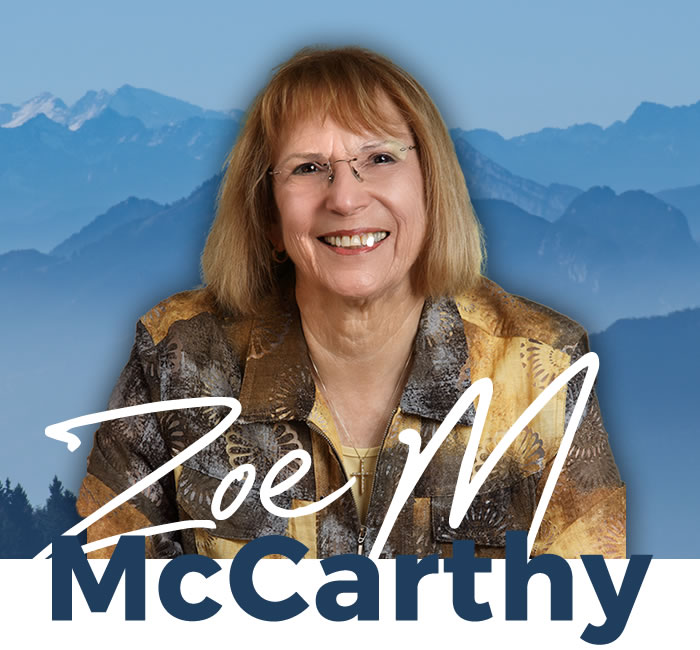
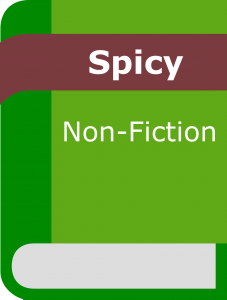
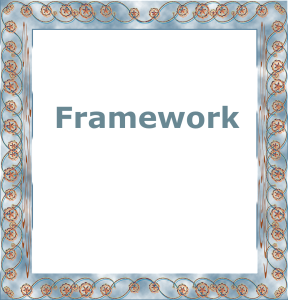
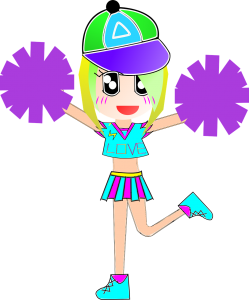
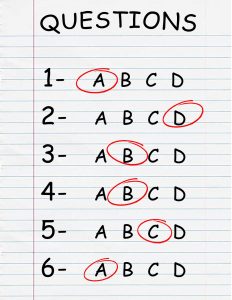
 RSS - Posts
RSS - Posts
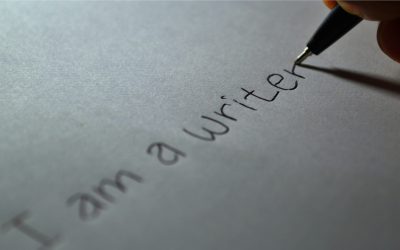
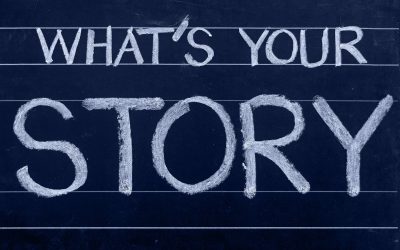

I immediately thought of Ann Voskamp’s book, which reads more like fiction. I’ve read it numerous times, even though I have a huge stack of other nonfiction books waiting for me.
Your book sounds great. I can’t wait!
Jane, I’ll have to look into Voskamp’s book as an example. Thanks.
I like nonfiction books that read like stories. 🙂
I do too Karla. I remember them better. I mentioned Dave Ramsey. His book, Dave Ramsey’s Complete Guide to Money, started with an interesting personal story. I was drawn in.